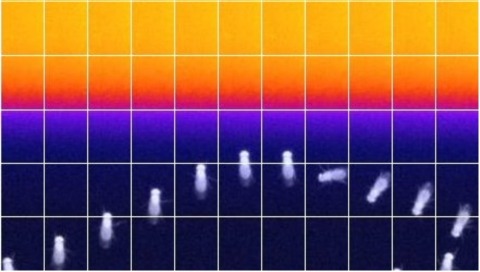Filter
Associated Lab
Associated Project Team
Publication Date
Type of Publication
2 Publications
Showing 1-2 of 2 resultsAnimals discriminate stimuli, learn their predictive value and use this knowledge to modify their behavior. In Drosophila, the mushroom body (MB) plays a key role in these processes. Sensory stimuli are sparsely represented by ∼2000 Kenyon cells, which converge onto 34 output neurons (MBONs) of 21 types. We studied the role of MBONs in several associative learning tasks and in sleep regulation, revealing the extent to which information flow is segregated into distinct channels and suggesting possible roles for the multi-layered MBON network. We also show that optogenetic activation of MBONs can, depending on cell type, induce repulsion or attraction in flies. The behavioral effects of MBON perturbation are combinatorial, suggesting that the MBON ensemble collectively represents valence. We propose that local, stimulus-specific dopaminergic modulation selectively alters the balance within the MBON network for those stimuli. Our results suggest that valence encoded by the MBON ensemble biases memory-based action selection.
In Drosophila, pattern formation at multiple stages of embryonic and imaginal development depends on the same intercellular signaling pathways. We have identified a novel gene, eyelid (eld), which is required for embryonic segmentation, development of the notum and wing margin, and photoreceptor differentiation. In these tissues, eld mutations have effects opposite to those caused by wingless (wg) mutations. eld encodes a widely expressed nuclear protein with a region homologous to a novel family of DNA-binding domains. Based on this homology and on the phenotypic analysis, we suggest that Eld could act as a transcription factor antagonistic to the Wg pathway.

